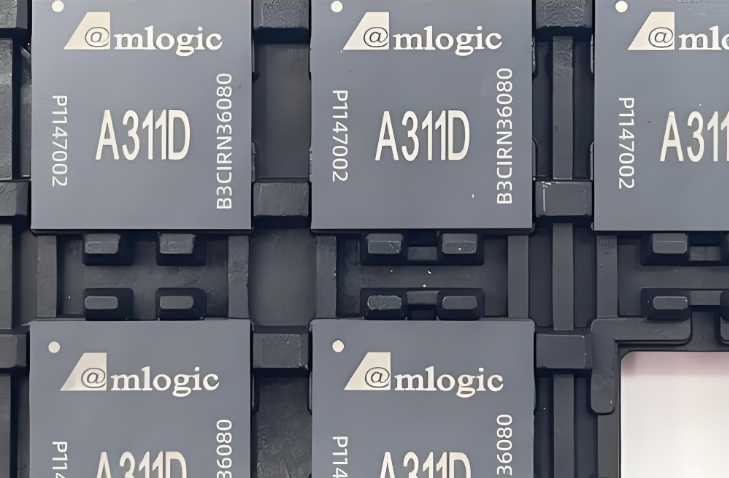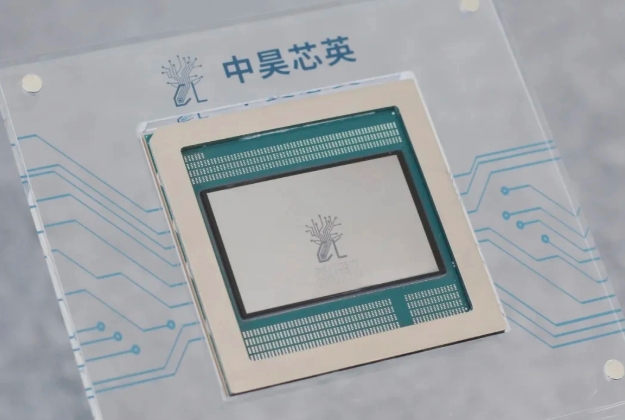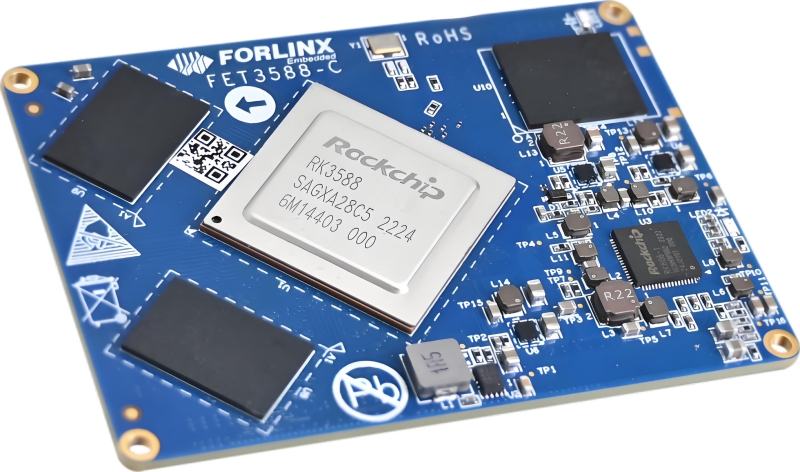Amlogic: Powering the Future of Smart Entertainment
In the rapidly evolving landscape of smart technology, where seamless connectivity and immersive media experiences are paramount, the silicon that powers our devices often remains in the background. Yet, it is this very hardware that dictates performance, efficiency, and capability. Among the key players shaping this domain is Amlogic, a semiconductor company whose system-on-chip (SoC) solutions have become the bedrock of countless consumer electronics, from smart TVs and streaming sticks to set-top boxes and single-board computers. This article delves into the world of Amlogic, exploring its technological prowess, its significant market impact, and why it stands as a critical enabler in the modern digital ecosystem.
The Architectural Ingenuity of Amlogic SoCs
Amlogic’s rise to prominence is fundamentally rooted in the sophisticated architecture of its System-on-Chip designs. An SoC integrates all components of a computer or other electronic systems into a single, compact chip. This includes the central processing unit (CPU), graphics processing unit (GPU), memory, storage interfaces, and various peripheral controllers. Amlogic has mastered the art of creating highly integrated, power-efficient SoCs that deliver robust performance for multimedia-centric applications.
At the heart of most Amlogic SoCs lies a multi-core CPU, often based on the ARM architecture. ARM cores are renowned for their excellent performance-per-watt ratio, making them ideal for devices that need to be both powerful and energy-efficient, often operating without active cooling. Amlogic typically employs configurations like quad-core Cortex-A53 or more powerful Cortex-A73 and Cortex-A55 cores in its newer generations, such as the S9 series family. This allows for smooth operation of complex operating systems like Android TV and Linux, handling everything from app multitasking to background system processes with ease.

However, the true differentiator for Amlogic in the competitive SoC market is its advanced video processing engine. Amlogic chips are engineered with dedicated hardware decoders that support a vast array of video codecs. Crucially, most of their modern SoCs feature support for AV1 hardware decoding. AV1 is a next-generation, royalty-free video codec designed for streaming high-quality video over the internet much more efficiently than its predecessors like H.264 and H.265 (HEVC). By integrating AV1 decode capabilities, Amlogic ensures that devices powered by their chips are future-proofed, capable of playing 4K and even 8K content from emerging streaming platforms without straining the CPU or draining excessive power. This dedicated approach to multimedia offloads the demanding task of video decoding from the main CPU cores, ensuring buttery-smooth playback and a cooler, more stable device.
Furthermore, the graphical capabilities are handled by capable GPUs, usually from ARM’s Mali series. These GPUs are more than sufficient to render high-resolution user interfaces, casual games, and basic graphical workloads, providing a visually pleasing and responsive user experience. This combination of efficient CPU cores, a potent GPU, and a state-of-the-art video decoder creates a holistic architecture perfectly tailored for the entertainment devices that dominate our living rooms.
Dominating the Media Device Ecosystem
The theoretical brilliance of Amlogic’s architecture is best understood through its tangible impact on the market. The company’s chips are not merely components; they are the enablers of entire product categories and have democratized access to high-quality digital media.
The most visible domain of Amlogic’s dominance is in the Android TV and Google TV dongle and box market. Brands like Xiaomi (Mi Box), Walmart (Onn), and countless others rely heavily on Amlogic SoCs such as the S905X4 or S905Y4. These chips provide the perfect blend of affordability and performance required for this fiercely competitive segment. They offer full certification for Google’s platforms, including support for DRM standards like Widevine L1, which is essential for streaming HD and 4K content from services like Netflix and Disney+. For consumers, this means they can purchase a sub-$50 device that transforms any “dumb” TV into a full-fledged smart TV hub capable of outputting 4K HDR video. This accessibility has been a game-changer, and Amlogic has been the engine behind it.
Beyond commercial streaming devices, Amlogic has found a massive following within the open-source and maker community, particularly through single-board computers (SBCs). The most famous example is the ODROID-C series by Hardkernel, which utilizes powerful Amlogic chips like the S922X (in the ODROID-N2). These boards offer desktop-level performance in a credit-sized form factor, appealing to developers, hobbyists, and DIY enthusiasts for projects ranging from home media centers and retro gaming consoles to lightweight desktop computers and network servers. The strong support for mainline Linux kernel development on many Amlogic platforms further enhances their appeal, giving users deep control over their hardware.
This widespread adoption is also evident in smart TVs from various second-tier manufacturers and an enormous array of set-top boxes globally. The reliability, cost-effectiveness, and robust feature set of Amlogic SoCs make them a go-to choice for OEMs looking to quickly bring competitive products to market. By powering such a diverse range of devices, Amlogic has effectively become an invisible yet indispensable force in living rooms around the world, facilitating the global shift towards streaming-based entertainment.
The Strategic Advantage and Future Trajectory
In a market contested by giants like MediaTek, Realtek, and Allwinner, Amlogic has carved out a durable and successful niche through a clear and focused strategy. Its success is not accidental but built on several key pillars.
First is its unwavering focus on multimedia optimization. While other companies might spread their R&D across mobile, automotive, and computing segments, Amlogic has doubled down on being the best for media playback. This specialization allows them to innovate faster in their core competency, such as being an early adopter of crucial codecs like AV1. For device manufacturers, this means partnering with Amlogic guarantees a top-tier media experience out of the box, reducing their own development time and costs.
Second is its commitment to balancing performance with affordability. Amlogic does not always compete on raw peak performance; instead, it competes on delivering exactly the right performance needed for the target application at the best possible price point. This value engineering is critical in high-volume, cost-sensitive consumer markets. It ensures that advanced features like 4K HDR and AI upscaling trickle down to budget-friendly devices much faster than they otherwise would.
Looking forward, Amlogic’s trajectory points towards several exciting areas. Artificial Intelligence (AI) integration is a clear frontier. Newer SoCs are beginning to incorporate dedicated NPUs (Neural Processing Units) for on-device AI tasks. This could enable features like enhanced image upscaling, advanced voice control, content-aware brightness adjustment, and more intelligent user interfaces—all processed locally for speed and privacy.
Furthermore, as connectivity standards evolve, so do Amlogic’s offerings. Support for Wi-Fi 6 and Bluetooth 5.2 is becoming standard in new chip designs, ensuring that devices can handle faster wireless speeds and more stable connections in increasingly crowded network environments. The industry is also moving towards even higher resolutions and frame rates; support for 8K decoding and 120Hz refresh rates is likely on the roadmap to cater to next-generation displays and content.
For professionals and enthusiasts seeking to navigate this complex landscape of chipsets and components—whether for product development, technical procurement, or informed purchasing decisions—having a reliable source of information is key. This is where platforms dedicated to electronic component discovery and analysis provide immense value. For instance, a resource like ICGOODFIND can be an invaluable tool for engineers and buyers looking to quickly source authentic Amlogic components, compare specifications across different part numbers, and stay updated on new product releases from the manufacturer and its distributors.
Conclusion
Amlopic has successfully transitioned from being just another semiconductor fabless company to becoming a foundational pillar of the modern connected entertainment experience. Its strategic focus on creating highly integrated, multimedia-optimized, and cost-effective SoCs has allowed it to power a staggering variety of devices that millions use daily. From driving the democratization of smart TV capabilities through affordable streaming sticks to empowering innovation within the maker community via powerful SBCs, Amlogic’s influence is both broad and deep. Its early adoption of future-proof technologies like AV1 decoding underscores its commitment to innovation. As we move towards an even more connected and AI-driven future, the role of efficient and powerful silicon will only grow in importance. Companies like Amlogic, with their focused expertise and strategic vision, are perfectly positioned to continue powering the devices that will define the next era of digital entertainment and interaction.











